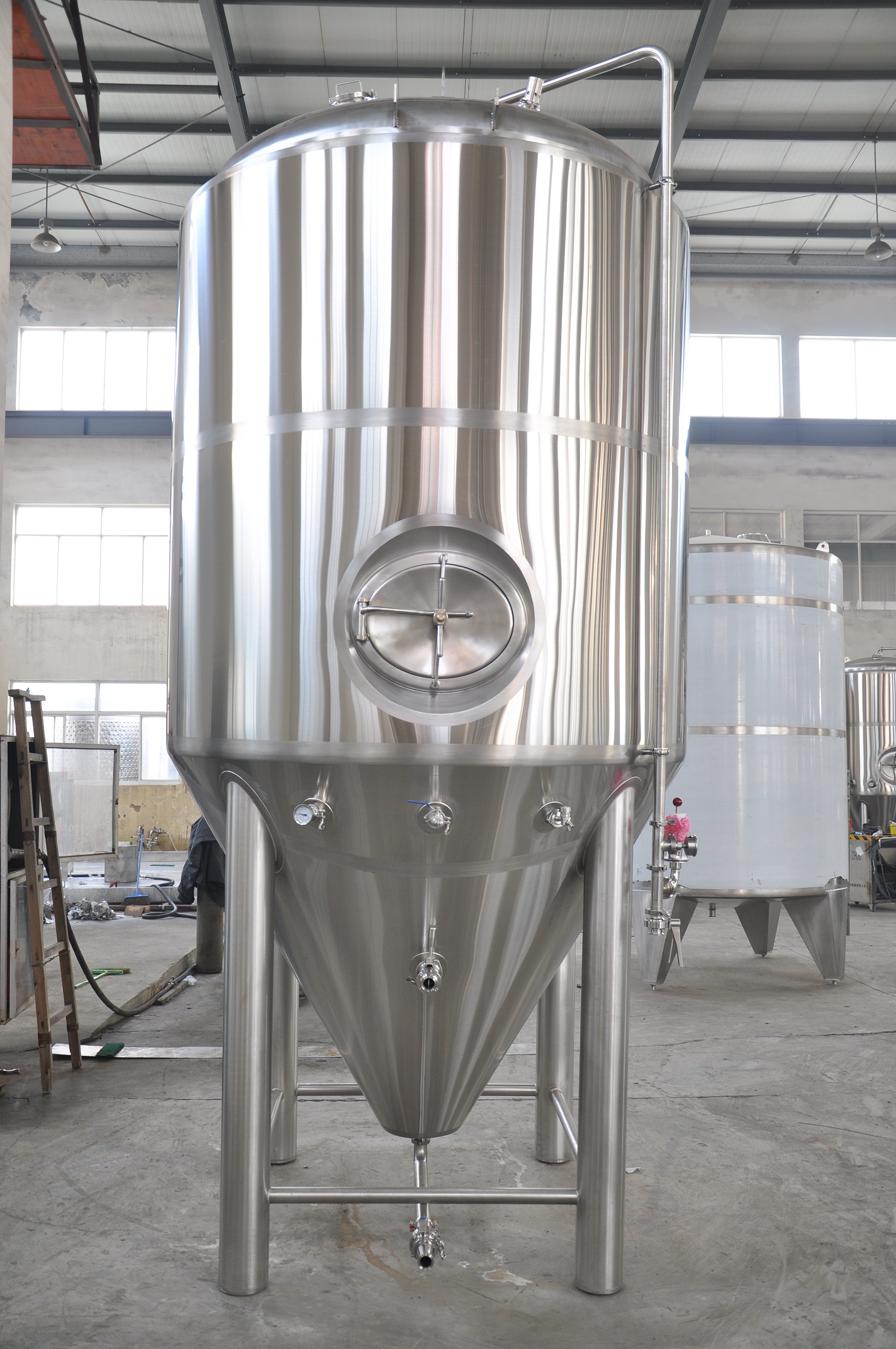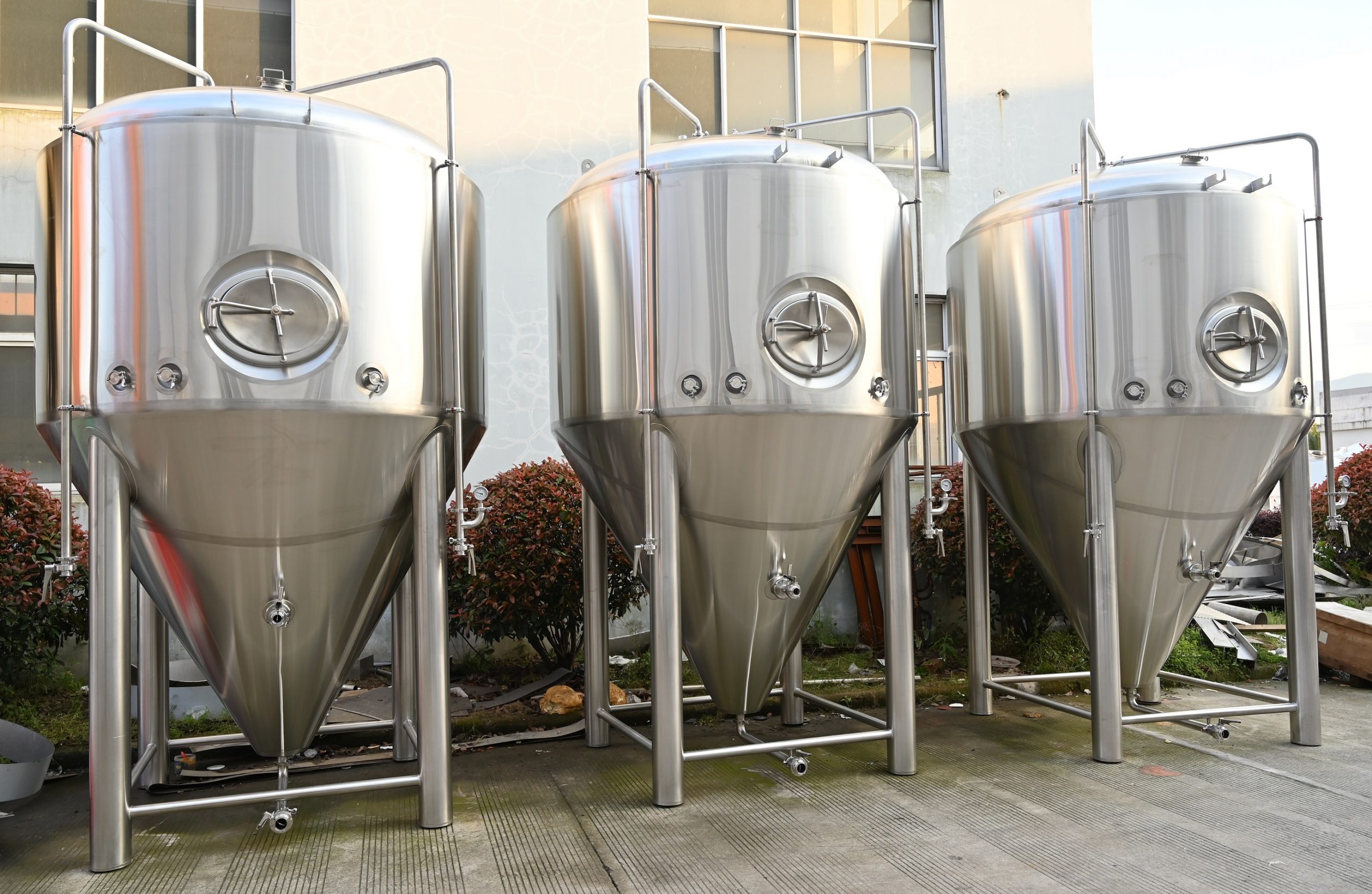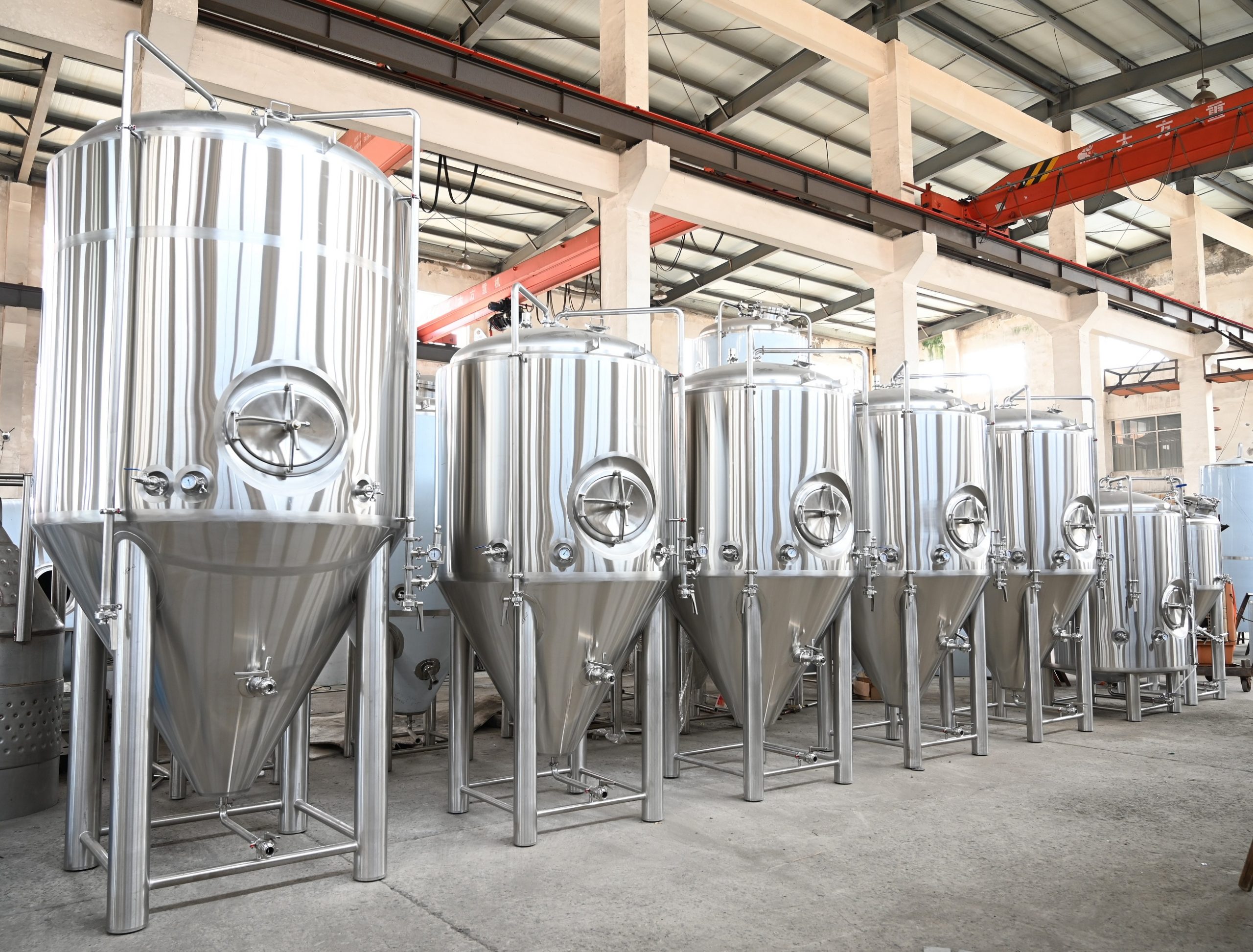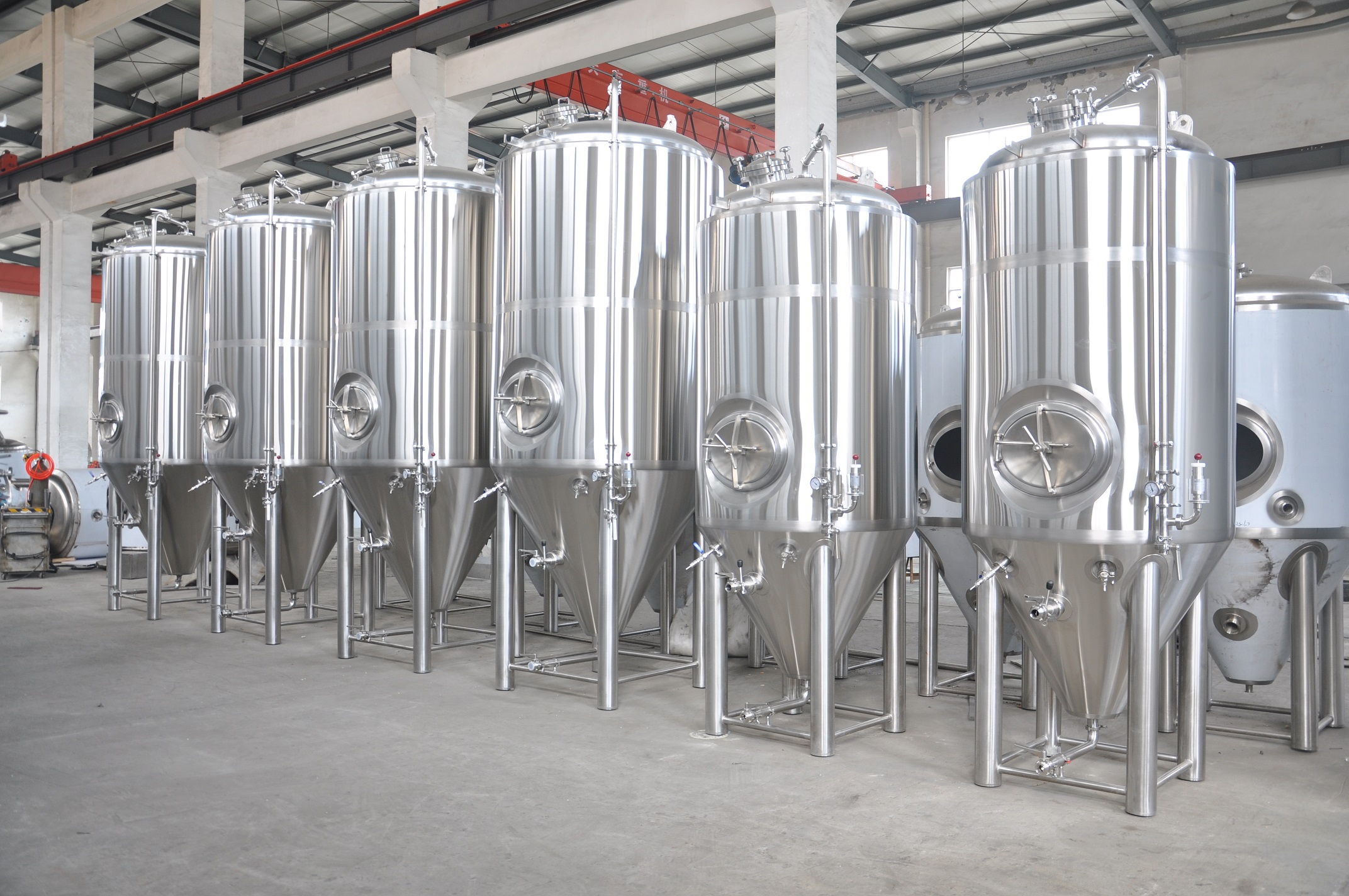
The Pros/Cons Of Having One Versus Separate CIP And CO2 Arms For Beer Unitanks
The decision to have one combined Clean-in-Place (CIP) and Carbon Dioxide (CO2) arm or separate arms for beer unitanks in a brewery depends on various factors, including the brewery’s specific needs and preferences. Here are some pros and cons of both approaches:

1.Combined CIP and CO2 Arm:
Pros:
Space Efficiency: A combined CIP and CO2 arm takes up less space on the unitank, which can be beneficial in smaller brewery setups where space is limited.
Simplicity: It simplifies the setup and reduces the number of connections and components, making it easier to use and maintain.
Cost Savings: A single arm may be less expensive to purchase and install compared to two separate arms.
Reduced Clutter: Fewer arms on the unitank can result in a cleaner and less cluttered appearance.
Cons:
Limited Functionality: A combined arm may not provide as much flexibility in terms of independently controlling CIP and CO2 functions, which can be a drawback in some situations.
Cleaning Efficiency: Cleaning (CIP) and carbonation (CO2) processes may not be as efficient or precise when combined, potentially leading to longer cleaning times or difficulties in achieving specific carbonation levels.

2.Separate CIP and CO2 Arms:
Pros:
Precise Control: Separate arms allow for precise control over the CIP and CO2 processes. This is especially important when you need to fine-tune carbonation levels or have different cleaning requirements for different tanks.
Flexibility: You can use separate arms to perform CIP on one tank while simultaneously carbonating another, increasing operational efficiency.
Reduced Risk of Contamination: Separating the CIP and CO2 functions reduces the risk of cross-contamination between cleaning chemicals and beer.
Cons:
Additional Costs: Installing and maintaining separate CIP and CO2 arms can be more expensive initially and may require more maintenance over time.
Space Requirements: Two arms take up more space on the unitank, which can be a concern in smaller breweries.
Complexity: Having two arms means more components and connections to manage, which can be more challenging for operators.

In summary, the choice between a combined CIP and CO2 arm or separate arms for beer unitanks depends on your brewery’s specific needs, budget, and space constraints. If you prioritize simplicity and cost savings, a combined arm may be suitable. However, if you require precise control, flexibility, and want to minimize the risk of contamination, separate arms are a better choice. Ultimately, the decision should be based on your brewing process requirements and operational considerations.



















